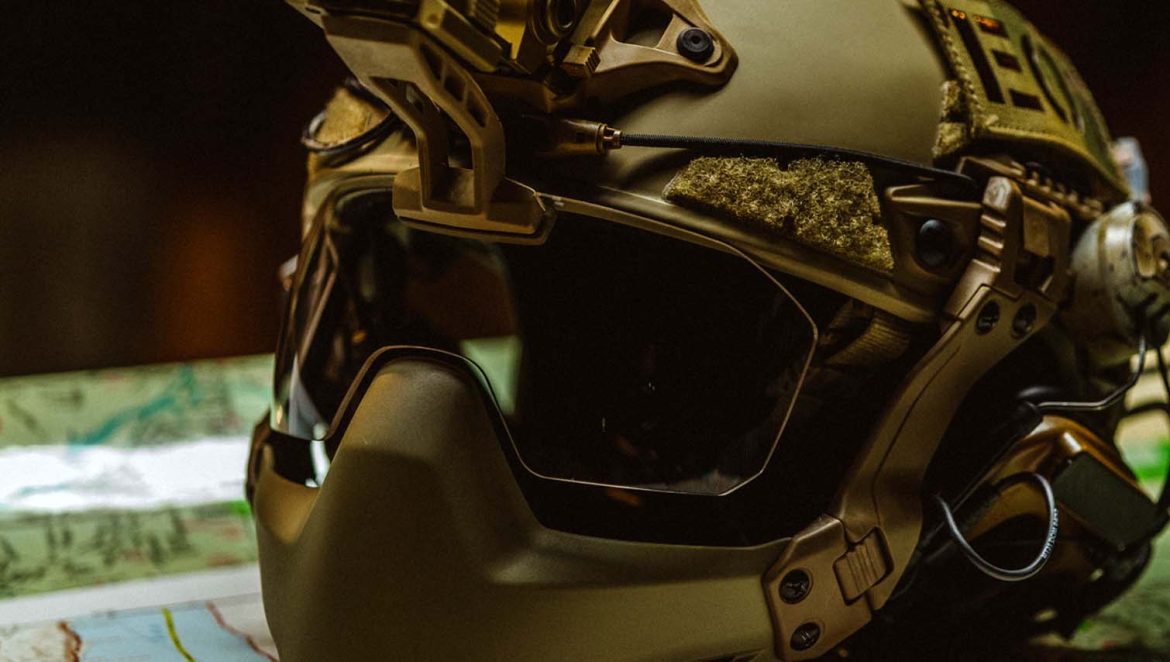There are a number of different styles and types ballistic helmets available. The most common type is the standard issue bulletproof helmet (SIBH), which has been made from Kevlar for protection against threats like fragmentation or bullets; however there’s also an Enhanced combat helmet that offers additional features such as visors, increased pads perfecting comfort levels in addition to NVG mounts! It would be important when choosing your own brand new biker gear set not just what kind you want but also how much money can afford because they vary depending on who manufactures them–some may seem cheap at first glance yet turn out expensive once broken into pieces while others look high quality.
PASGT
The United Shield PASGT Ballistic Helmet offers a multi-layer construction, including aramid, ballistic polyethylene, and foam padding. Its design offers optimal ballistic protection while weighing less than comparable protective gear. Its reduced profile allows the wearer to maintain unrestricted peripheral vision. It is suitable for police officers, ground troops, and special units.
The PASGT Ballistic Helmet was first developed in the mid-1970s and was first fielded in the early 1980s. In the early 2000s, it was replaced by other body armor systems, including the LWH and MICH. However, the U.S. Navy still makes use of a modified version of the PASGT for its soldiers, including sailors and marines stationed on warships.
UHMWPE
UHMWPE is a material used in tactical combat helmets. It has good ageing resistance and mechanical properties. The material used in tactical combat helmets is imported from the United States. Its shell is one-piece cladding. It is resistant to impact, shock, and impacts, and has excellent impact and penetration resistance.
Its weight and size are similar to aramid or Kevlar. The US military funded research projects in UHMWPE. Allied started one in 1987 when it developed a PASGT-style ballistic helmet using Spectra-Shield composites. The purpose of this research was to explore the use of UHMWPE in rigid armor systems, and identify the best resin system for UHMWPE fiber laminates. Over a five-year period, many prototype batches were developed and tested.
Kevlar
Kevlar ballistic helmets are lightweight and offer superior protection. Some ballistic helmets include comfort pads, NVG mounts, and other features. These features increase the survivability of warfighters and improve mobility. They also reduce fatigue and give them the energy to finish a mission.
Kevlar was developed in the 1960s and was first used by the U.S. military to manufacture the liner of the M1 helmet. This helmet provided some protection against steel shrapnel, but was not bulletproof. DuPont marketed the material as “Kevlar.” The material is five times stronger than steel. Other materials used in the manufacture of ballistic helmets include Twaron and Ultra High Molecular Weight Polyethylene.
Striker
The Striker Ballistic Helmet offers an array of ballistic protection features in a lightweight package. It offers IIIA protection and features a Wilcox G34 mount and accessory rails. It weighs less than three pounds. The downsides include a cumbersome strap system that tends to cause loose ends, and it is not as intuitive as other helmets in this price range. If you are concerned about this, you can always add aftermarket straps to make the helmet more comfortable.
Another downside of ballistic helmets is that they don’t support headsets or hearing protection. However, some manufacturers use straps to weave microphones and cables. This gives the helmet greater comfort, as well as protection against head trauma. Another important feature of ballistic helmets is the thick cushion, which reduces the impact of bullets, shrapnel, and blunt force. The National Institute of Justice (NIJ) has developed standards to determine whether a helmet is effective in protecting its wearer from different types of firearm rounds, and fragmentation.
Future Assault Shell Technology (FAST)
FAST helmets use advanced technology to provide a higher level of threat protection than ballistic helmets currently on the market. This type of helmet was designed with the specific needs of modern soldiers in mind. As a result, it incorporates features such as higher ear cut and wider forehead. It also features an Accessory Rail Connector, which allows for the mounting of other gear. It also weighs up to 25% less than other ballistic helmets on the market.
The FAST helmet has an ear cut that extends past the ear, which increases the amount of coverage over the rear occipital bone. It is also much lighter than a typical ballistic helmet and allows for the use of communications headsets. The FAST helmet uses advanced shell technology that meets Level IIIA requirements and is lightweight, which makes it an excellent choice for tactical law enforcement units or special operations forces.
